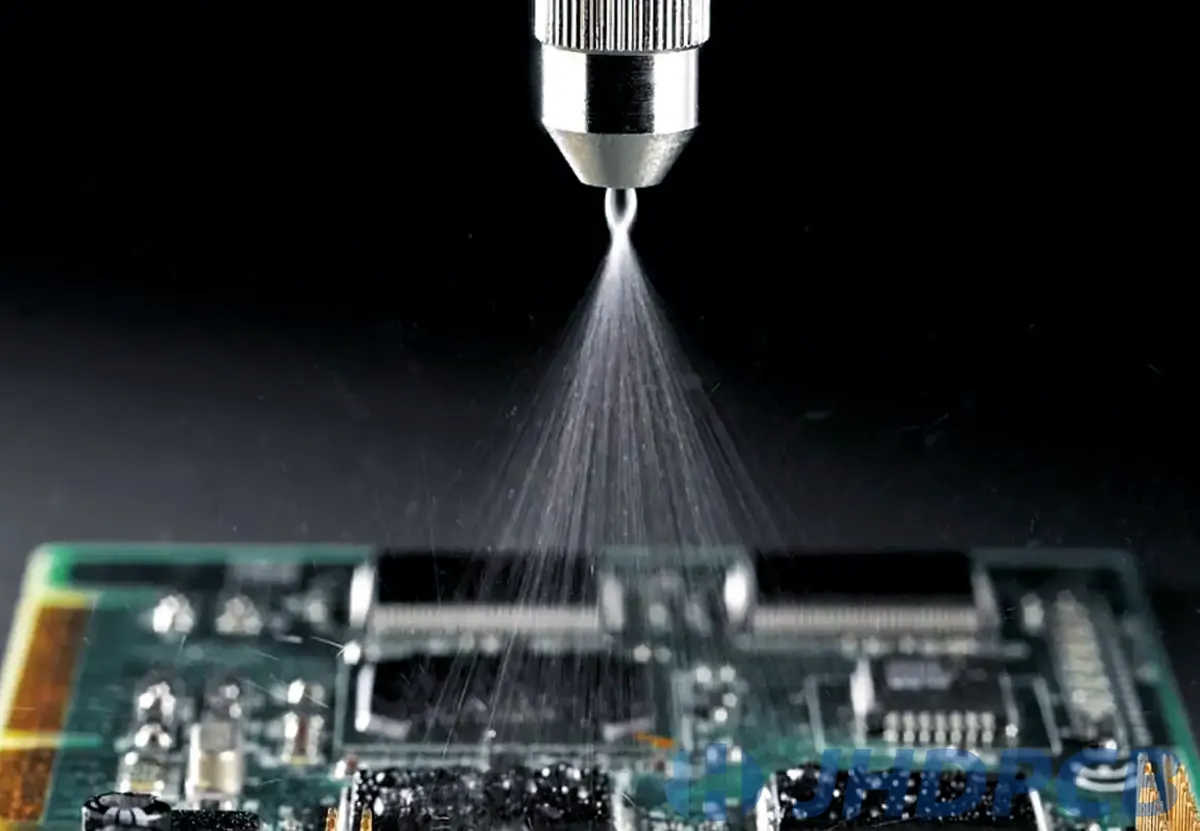In the world of industrial coating and surface modification, vacuum coaters and coating technologies play a crucial role. From enhancing the durability of materials to creating high-performance surfaces, understanding the ins and outs of these systems can help you make informed decisions for your operations. This guide will delve into the essentials of vacuum coating, including the role of vacuum pumps (both new and used), vacuum pump systems, and vacuum system installations.
What Are Vacuum Coaters and Coating?
Before diving into the technicalities, let’s clarify what vacuum coating involves:
1. Definition of Vacuum Coating
Vacuum Coating: A process where materials are deposited onto a substrate in a vacuum environment. This method is often used to apply thin films or coatings to improve the functionality and appearance of surfaces.
2. Types of Vacuum Coating
• Physical Vapor Deposition (PVD): Uses physical processes to vaporize the coating material, which then condenses onto the substrate.
• Chemical Vapor Deposition (CVD): Involves chemical reactions in the vapor phase to create a coating layer.
Why Use Vacuum Coaters?
Understanding the benefits of vacuum coating can help justify its implementation in your processes:
1. Enhanced Durability
• Improved Wear Resistance: Coatings applied through vacuum processes are known for their hardness and resistance to abrasion.
• Corrosion Protection: Many coatings provide a barrier against corrosion, extending the lifespan of components.
2. High-Quality Finishes
• Smooth Surfaces: Vacuum coating processes can produce exceptionally smooth and uniform finishes.
• Aesthetic Appeal: These coatings can enhance the appearance of surfaces with a range of colors and effects.
3. Functional Enhancements
• Optical Properties: Vacuum coatings can enhance optical characteristics, such as reflectivity and transparency.
• Electrical Properties: Some coatings can modify the electrical conductivity of surfaces.
Key Components of Vacuum Coating Systems
Understanding the components involved in a vacuum coating system is essential for maintaining and optimizing performance:
1. Vacuum Pumps: New vs. Used
• New Vacuum Pumps: Offer the latest technology, higher efficiency, and come with warranties. Ideal for new installations or when upgrading existing systems.
• Used Vacuum Pumps: Can be a cost-effective option. Ensure that they are thoroughly inspected and, if necessary, rebuilt to meet performance standards.
2. Vacuum Pump Systems
• System Integration: A well-designed vacuum pump system ensures efficient operation and optimal coating results. It should include reliable pumps, proper piping, and effective controls.
• Maintenance: Regular maintenance of vacuum pump systems is crucial for consistent performance and avoiding costly downtime.
3. Vacuum System Installations
• Professional Installation: Proper installation is critical for the effective operation of vacuum systems. This includes ensuring airtight seals, correct alignment, and optimal system configuration.
• Upgrades and Modifications: When upgrading or modifying your system, work with experienced professionals to maintain system integrity and performance.
Tips for Choosing and Maintaining Vacuum Coaters
Selecting the right vacuum coating equipment and ensuring its longevity requires careful consideration:
1. Evaluate Your Needs
• Application Requirements: Determine the specific coating needs, such as material type, thickness, and required properties.
• System Compatibility: Ensure that the vacuum coater you choose is compatible with your existing equipment and processes.
2. Consider Cost vs. Value
• Budget: Compare the cost of new vs. used vacuum pumps and coaters. Factor in the potential savings from used equipment against the benefits of new technology.
• Value: Evaluate the long-term benefits, including durability, efficiency, and performance improvements, to make a cost-effective decision.
3. Regular Maintenance and Calibration
• Routine Checks: Implement a maintenance schedule for your vacuum pumps and coating systems to prevent unexpected failures and maintain performance.
• Calibration: Regularly calibrate equipment to ensure accurate and consistent coating results.
4. Work with Experts
• Consult Professionals: Engage with experts who can provide guidance on system selection, installation, and maintenance. Their experience can help you avoid common pitfalls and optimize your coating processes.
Conclusion
Vacuum coaters and coating systems are integral to achieving high-quality, durable, and functional surface finishes in various industrial applications. By understanding the roles of vacuum pumps, both new and used, and the importance of proper vacuum pump systems and vacuum system installations, you can make informed decisions that enhance your operations. Whether you are considering new equipment or evaluating used options, focus on the benefits, cost, and value to ensure you choose the right solutions for your needs. Regular maintenance and professional consultation further contribute to maximizing the performance and longevity of your vacuum coating systems, ultimately leading to superior results and efficiency. helium leak detectors



